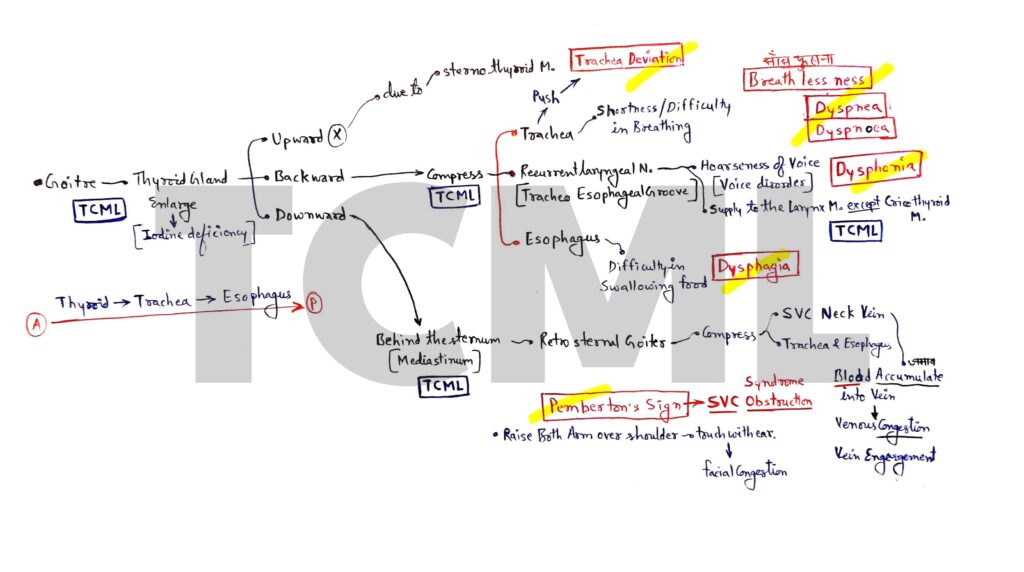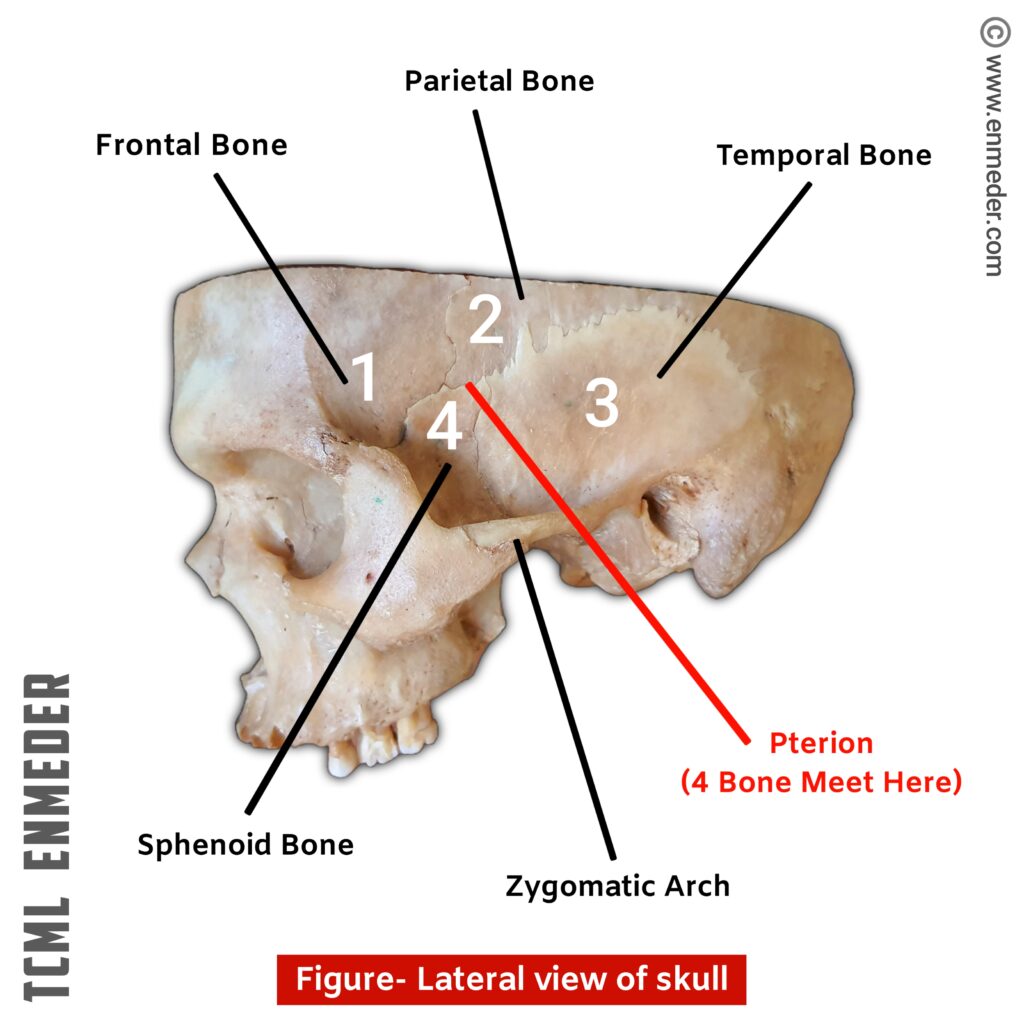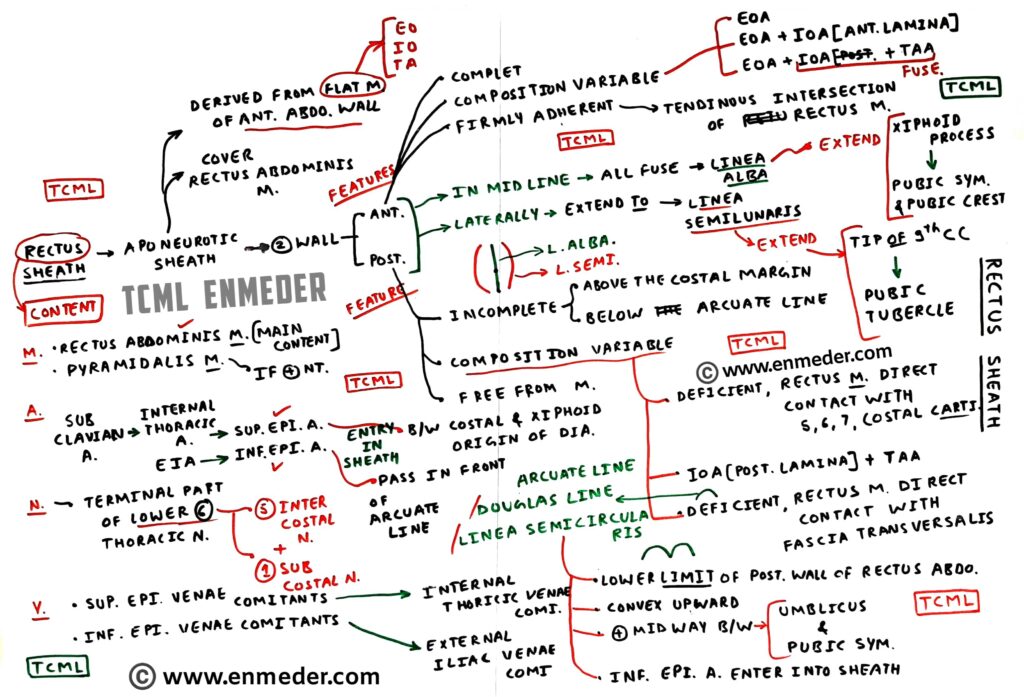Anatomy questions
Overview- 1. Blood Supply 2. Anastomosis 3. Venous drainage 4. Covering 5. Nerve and plexus 6. Retinaculum 7. Boundaries and content 8. Joints 9. Viscera 10. NeuroAnatomy 11. Embryology 12. Histology 1. Blood Supply 1. Aorta parts and it’s branches 2. Heart blood supply (Aortic sinus) – Right and left coronary artery Question. Myocardial infraction […]








